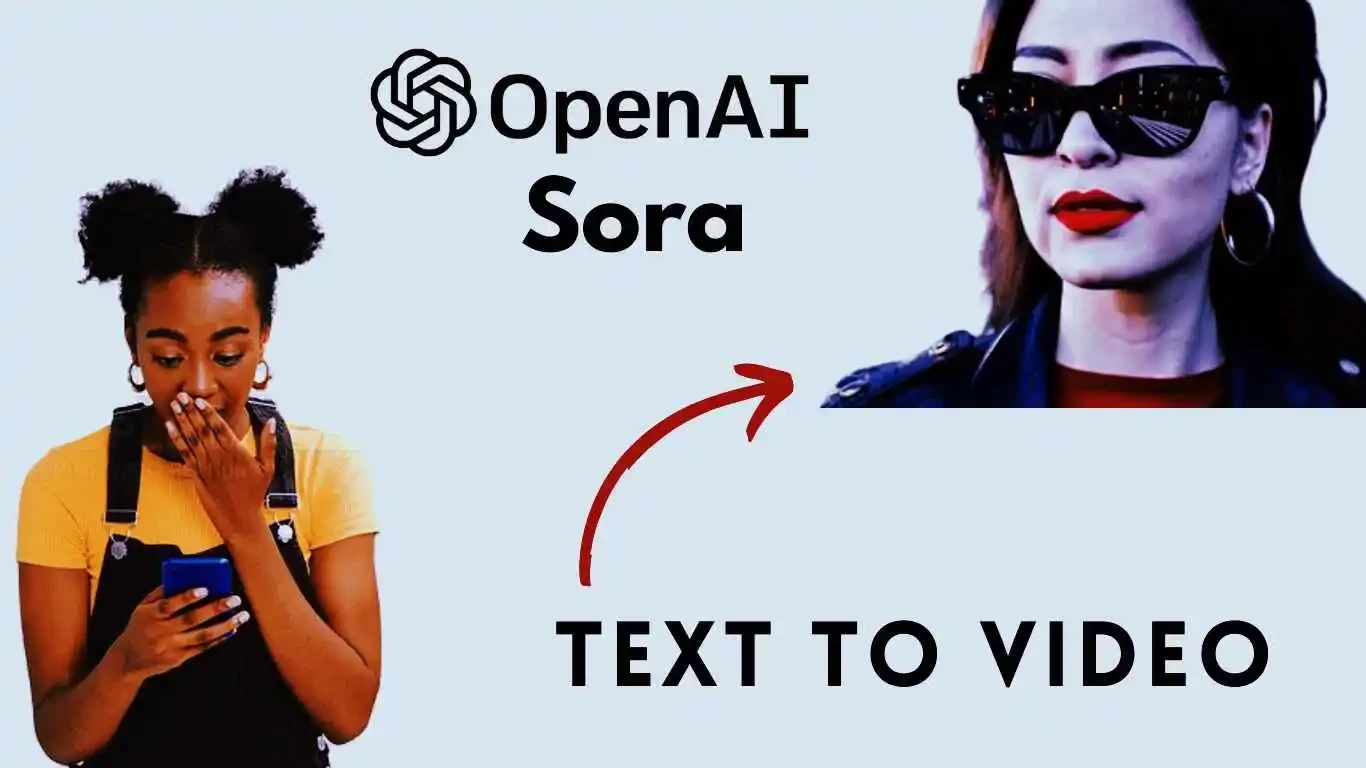Exploring the Future of Video Creation with Sora AI

In the world of content creation, video reigns supreme as a powerful medium for storytelling and communication. However, the process of producing high-quality videos can be daunting and time-consuming, often requiring specialized skills and software. But what if there was a way to simplify and democratize video creation? Enter Sora AI, a cutting-edge text-to-video model developed by OpenAI. In this blog, we'll delve into the capabilities, advantages, and potential impact of Sora AI on the future of video creation.
Advantages of Sora AI:
Sora AI offers a plethora of advantages that revolutionize the video creation process. Firstly, it significantly increases efficiency and accessibility by generating videos in a fraction of the time it takes traditional methods. This not only allows creators to work faster but also makes video creation accessible to those with no prior editing experience. Additionally, Sora's ability to create fantastical scenes and concepts enhances creativity, opening doors for new storytelling techniques and artistic expression.
Moreover, Sora provides users with customization options, allowing them to control various aspects of the generated videos such as visual style, animation, color schemes, and typography. This high degree of personalization ensures that the final product aligns with the creator's vision, making each video unique and engaging.
Disadvantages of Sora AI:
Despite its numerous advantages, Sora AI also presents some challenges. One major concern is ethical considerations surrounding its use. As a powerful tool, Sora raises concerns about potential misuse, such as creating deepfakes or spreading misinformation. Responsible development and implementation are crucial to mitigate these risks and ensure ethical use of the technology.
Furthermore, the automation of video creation tasks by Sora may lead to job displacement in the industry. While new opportunities may arise in managing and developing AI tools, it's essential to address the impact on individuals whose livelihoods depend on traditional video editing jobs.
Additionally, Sora may have limitations in terms of its ability to handle complex physics, cause-and-effect relationships, and maintaining spatial consistency, leading to unrealistic elements in the generated videos.
Sora's Current Stage and Potential Impact:
It's important to note that Sora AI is currently not widely available to the public. OpenAI has released it for "red teaming," allowing security researchers to test it for potential risks and vulnerabilities before a broader release. Sora operates on a unique model, commencing with static noise and progressively enhancing it into a video in response to the provided text prompt. Leveraging transformer architecture, similar to GPT models from OpenAI, ensures efficient processing.
Beyond video creation, Sora's ability to generate realistic scenarios could have applications in scientific research, education, and product design. However, concerns remain about the potential for misuse, especially in creating misinformation or manipulating public perception.
Conclusion:
In summary, Sora AI signifies a remarkable stride forward in video creation technology, holding the promise to transform the industry significantly.. While it offers numerous advantages in terms of efficiency, accessibility, and creativity, ethical considerations and potential job displacement must be addressed. As Sora continues to evolve, responsible development and use will be key to maximizing its potential for positive impact. Exciting times lie ahead as we explore the possibilities of Sora AI and its role in shaping the future of video creation.
References:
- Nature: https://www.nature.com/articles/d41586-024-00661-0
- OpenAI: https://openai.com/sora
- Medium: https://medium.com/@abebellini/open-ais-sora-will-impact-everyone-0623468552fe
- 618Media: https://618media.com/en/blog/sora-and-the-future-of-ai-in-entertainment